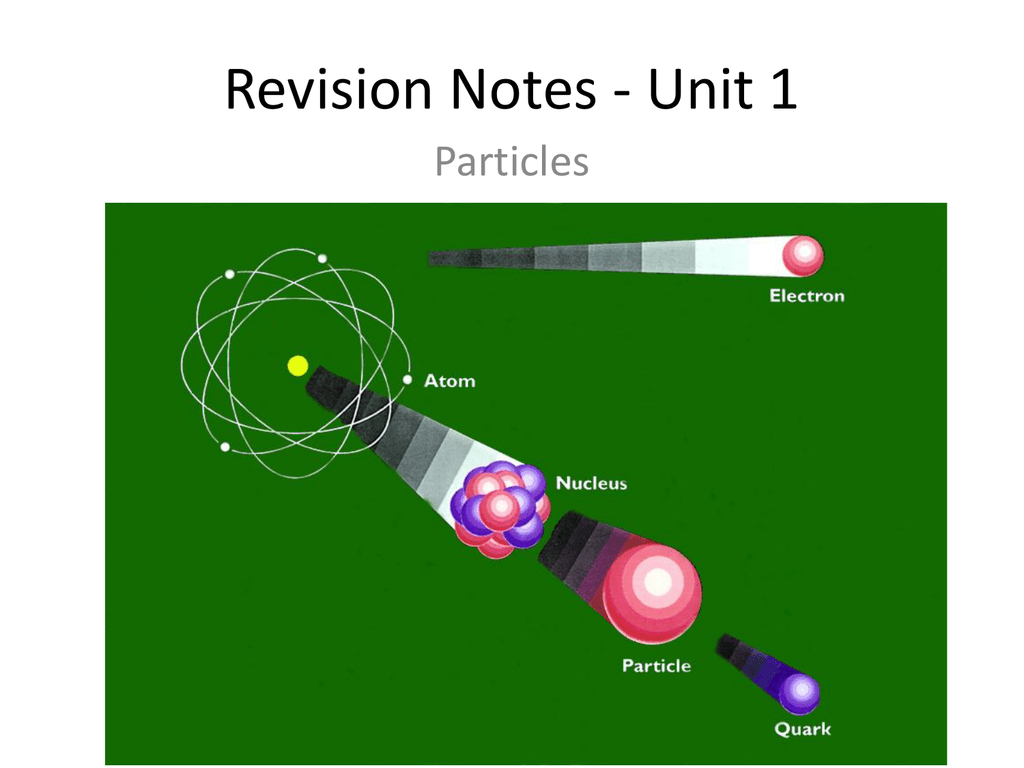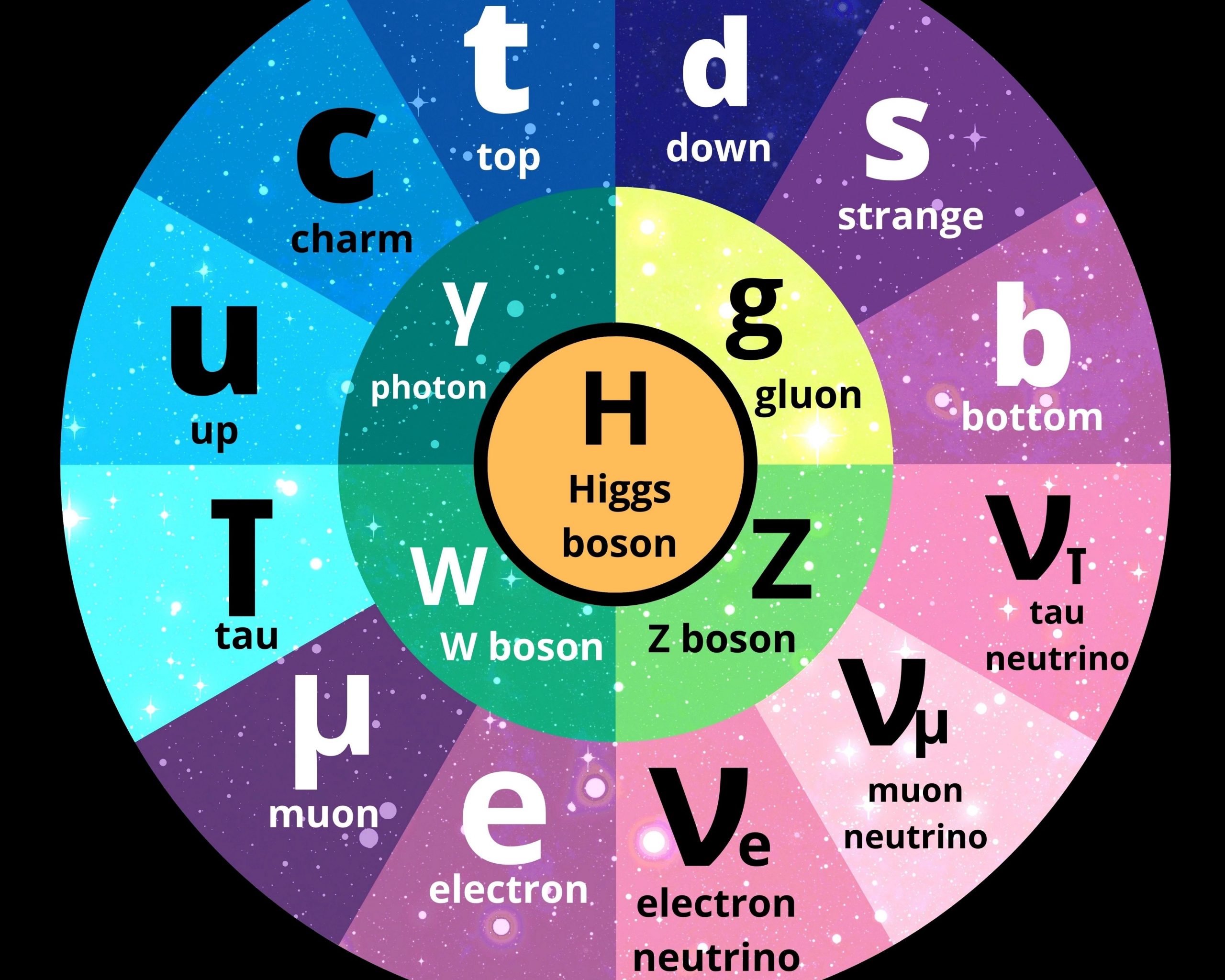

In particle physics, an elementary particle or fundamental particle is a particle whose substructure is unknown, thus it is unknown whether it is composed of other particles. This is summarized in a theoretical model (concerning the electromagnetic, weak, and strong nuclear interactions) called the Standard Model. Nature points the way to many of its underlying principles through the existence of various symmetries. One guiding principle that led to current ideas about the nature of elementary particles was the concept of Symmetry.

So many, that researchers had to organize them, just like Mendeleev did with his periodic table. held together by fundamental forces which are represented by the exchange of particles known as gauge bosons. This is one of the fundamental problems of physics (well, nuclear/particle physics): To find out what matter really consists of. A number of fundamental particles have been discovered in various experiments. Quarks and electrons are some of the elementary particles. Inside the protons and neutrons, we find the quarks. The nucleus itself is generally made of protons and neutrons but even these are composite objects. The electrons are spinning around the atomic nucleus. All matter except dark matter is made of molecules, which are themselves made of atoms. These are the smallest building blocks of matter. We will see that elementary particles are determined by their types of interaction with other particles.The physical world is composed of combinations of various subatomic or fundamental particles. Quarks are fundamental particles that make up other subatomic particles such as protons and neutrons Protons and neutrons are in a category of particles called. It is absolutely impossible to distinguish one electron from another, except by the state in which an electron is and by its interactions with the rest of the considered system. Not only “practically equal,” but two particles of the same kind really cannot possibly be distinguished from one another: any one of the 10 29−30 electrons in our body is identical and exchangeable with any of the other electrons. Corresponding to their tininess, these particles come in fantastic numbers, and these countless copies are all identical.

Less than a trillionth of the volume of any given substance is occupied by the particles forming the substance. One must actively keep in mind that the seemingly homogeneous and continuous substance consists of only a few types of particles, amongst which each one occupies but a tiny volume, and between which most of the space is practically empty.

However, all except the teeniest in this hierarchy of structures are outside the scope of this subject. In principle, these fundamental interactions determine how collections of otherwise independent elementary particles bind into ever larger structures, to macroscopical and even astronomical proportions. Amazingly, and almost exactly in a Democritean sense, substance (tangible matter) comprises tiny particles, and our task includes a coherent classification:īoth a systematic inventory of these “elementary particles,”Īnd an understanding of the “elementary processes” between them, i.e., their “fundamental interactions.” Democritus (born 450 BC, Greece) first introduced the particle nature of creation. Naturally, we may find some day that they consist of even smaller, more fundamental particles, but thats irrelevent until provable. So for now, quarks and leptons are the fundamental particles. The electron remains an absolutely stable particle. The task of elementary particle physics is explaining of what and how the World is fundamentally made. Fundamental Particles (The Standard Model) Nathan Brown June 2007 Part I Fundamental Particle The Meaning It is understood that the universe is composed of particles. We now know that you can break protons and neutrons up into quarks. It also explains how force carrying particles, which belong to a. It explains how particles called quarks (which make up protons and neutrons) and leptons (which include electrons) make up all known matter. The subsequent chapters will clarify these concepts with more details, examples and applications. The Standard Model of Particle Physics is scientists’ current best theory to describe the most basic building blocks of the universe. This chapter serves to familiarize the Student with the physics of elementary particles, where new concepts are introduced in their historical context and without a precise, technical definition.


 0 kommentar(er)
0 kommentar(er)
